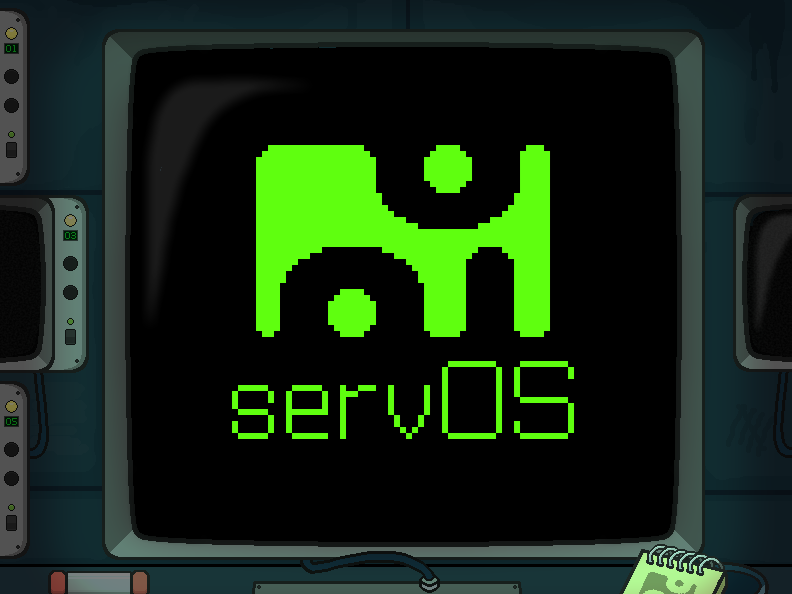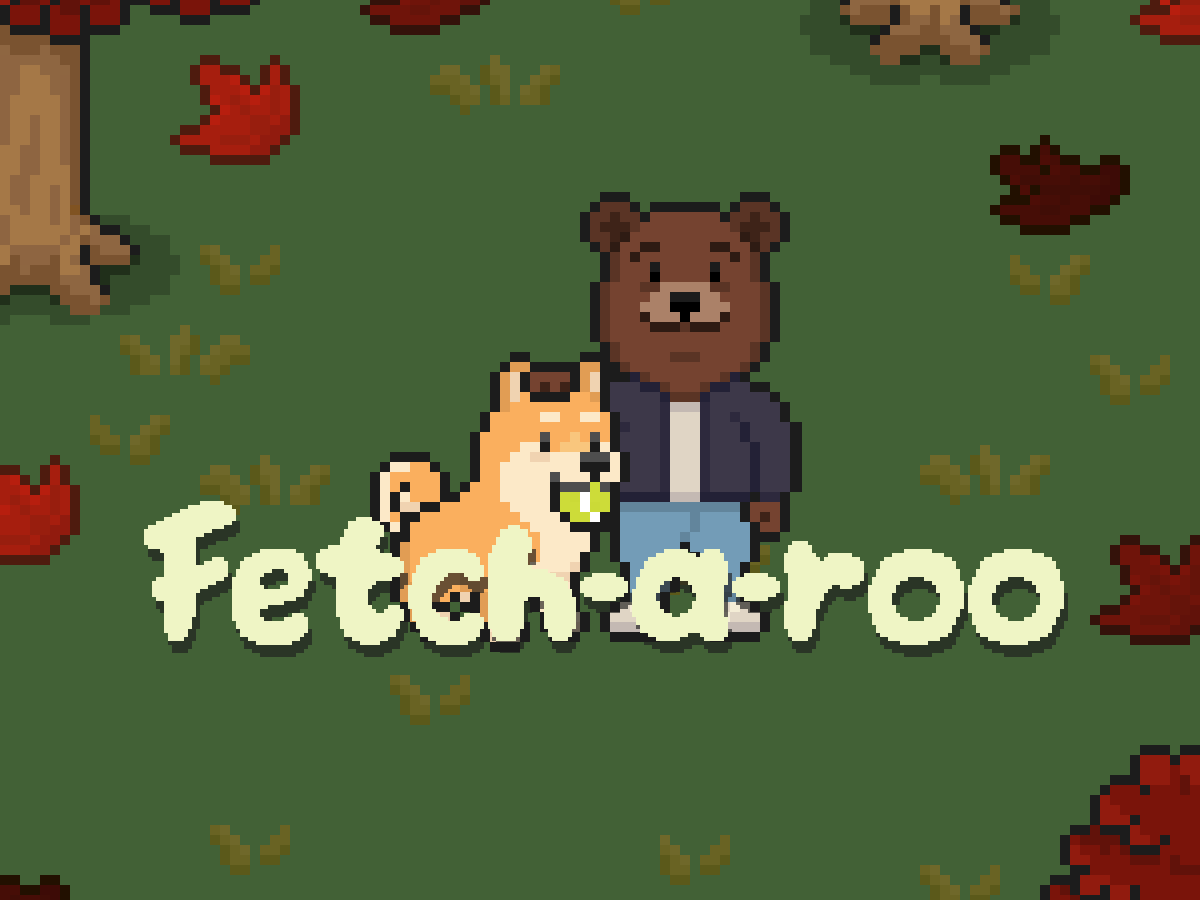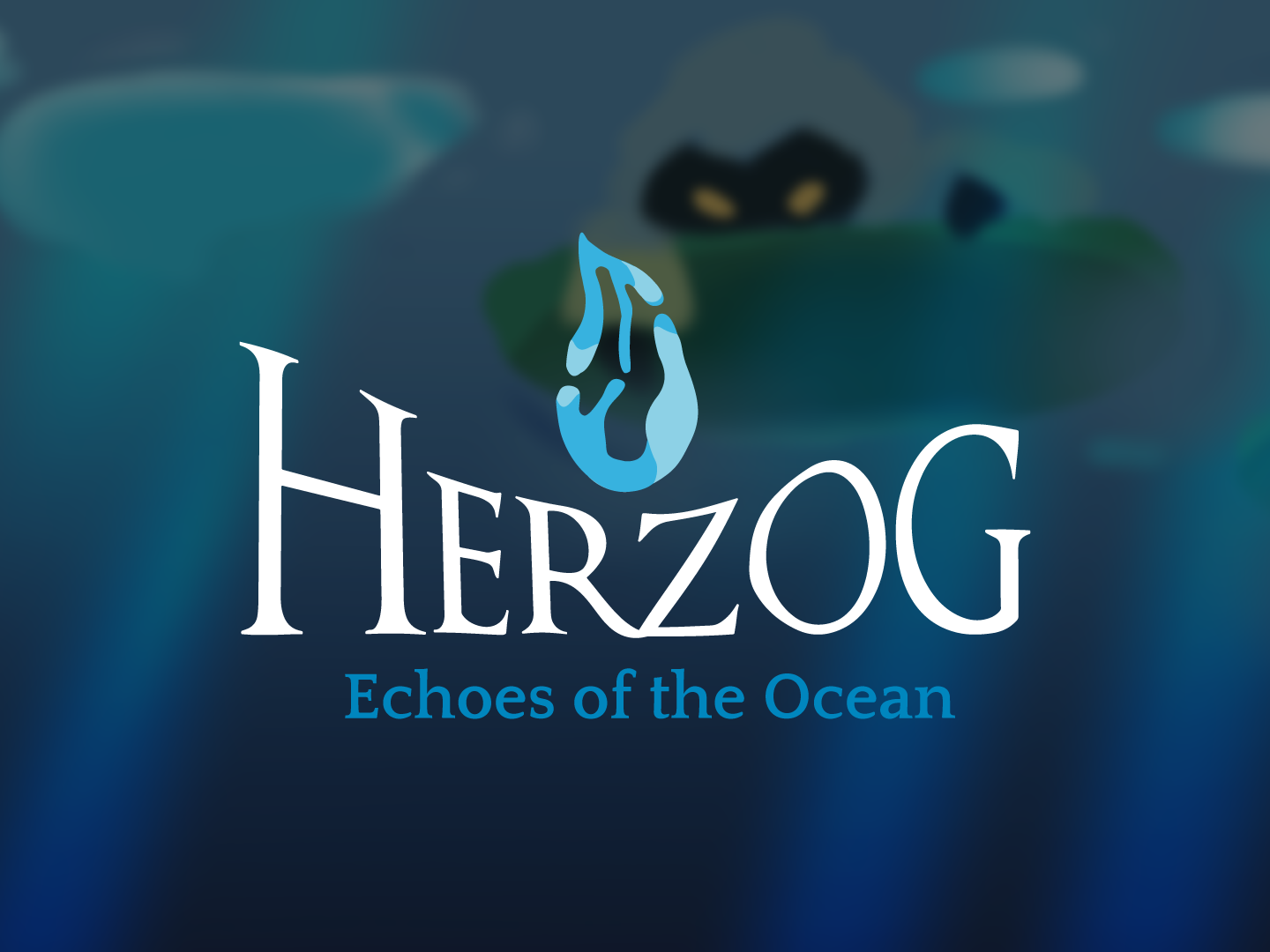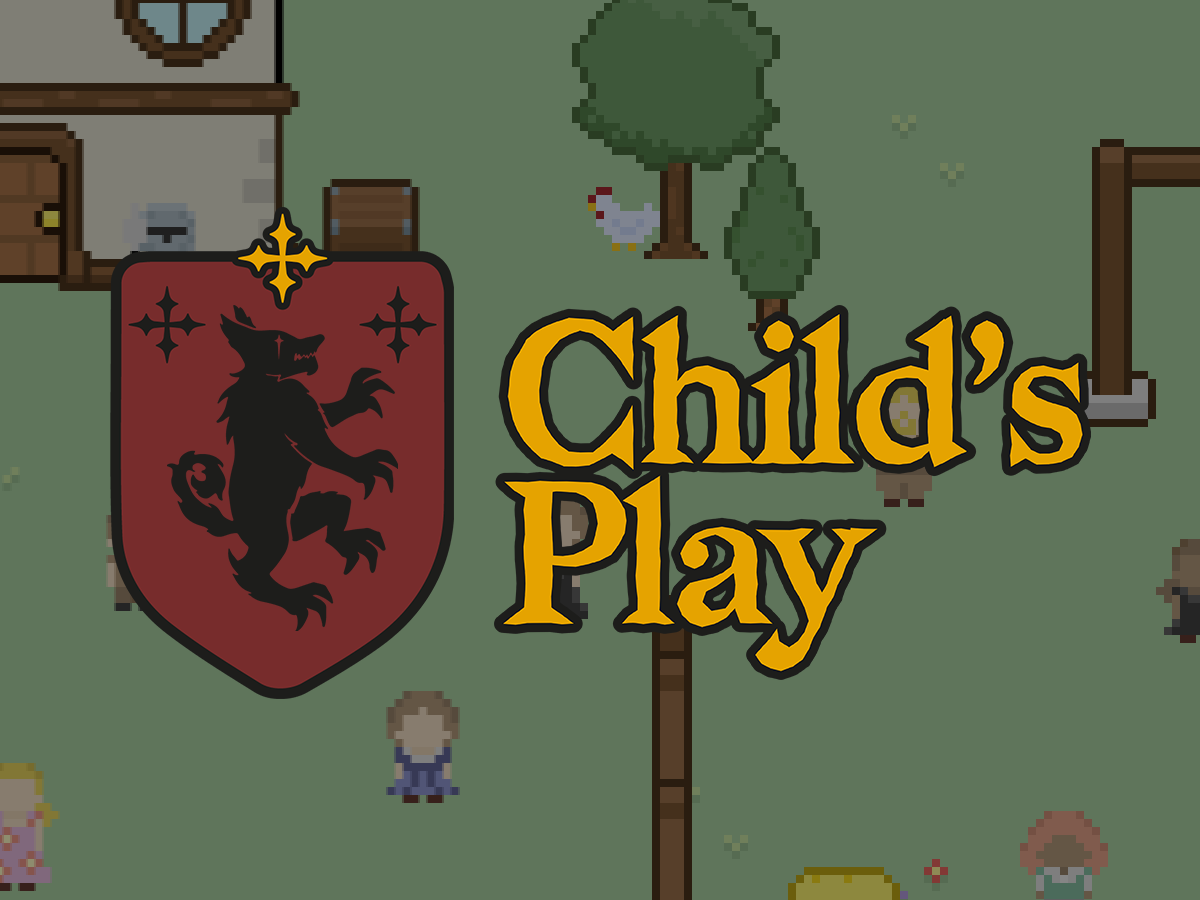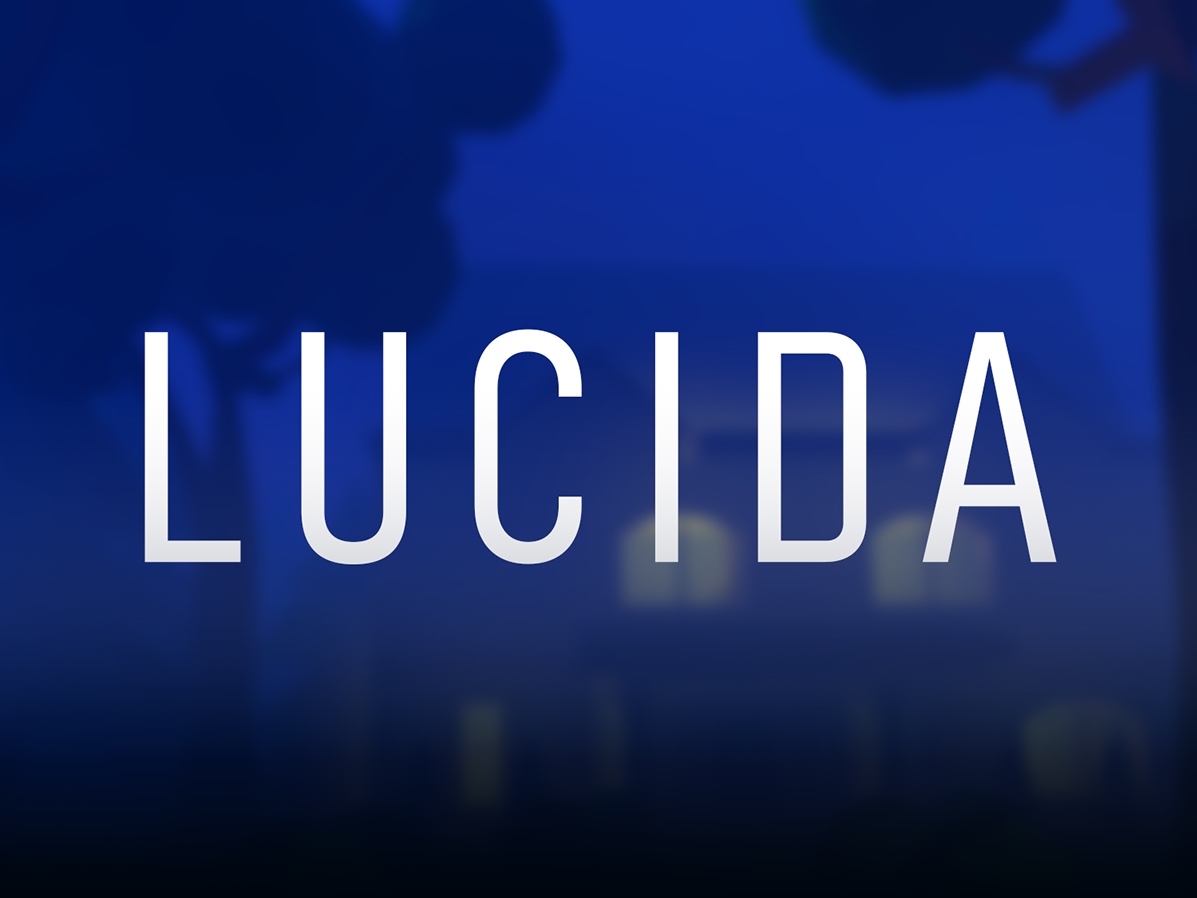Summary
"Cowple" is a local co-op game centered on a collaborative core loop: tame cows, earn resources, and customize your dream wedding. Featuring shared objectives, customizable avatars, it emphasizes communication and synergy for an engaging cooperative experience.
"Cowple" is a local co-op game centered on a collaborative core loop: tame cows, earn resources, and customize your dream wedding. Featuring shared objectives, customizable avatars, it emphasizes communication and synergy for an engaging cooperative experience.
Genre: Co-Op, Cozy
Engine: Godot
Team Size: 3
Platform: PC/Mobile
Engine: Godot
Team Size: 3
Platform: PC/Mobile
Contributions
Game Design
Collaborated designing core game loop
Collaborated designing cow mechanics
Balanced resources, progression, mechanics
Designed tame mechanics
Balanced game for single and multiplayer experience
Audio
Implemented sound effects and OST
Implemented dynamic audio feedback tied to gameplay
Art
Created character and cow animations
Designed particle effects and VFX for interactions
Programming
Implemented shopping systems and customization
Developed mechanics for the cows
Built taming mechanics
Developed mechanics for the cows
Built taming mechanics
Made it full mobile friendly
Inside the Process
Designing the Cowple Experience
When I worked on "Cowple" my main focus was on the game loop, cow mechanics, balancing, and the tame system. The game loop was built to deliver a cozy experience, with just enough challenge to make completing the wedding with the best decorations rewarding, but also forgiving enough so players could always buy something and never feel soft-locked.
Onboarding Without Frustration
The first day in the game worked like a tutorial, and even if players performed poorly there was always a free option on the end of the first day to avoid early frustration. The meta game gave players agency by letting them finish the wedding with different decorations and personalized endings, tied to their choices in the shop.
Structuring Mechanics
The cow mechanics were a true team effort. Ideas flowed quickly, and since I was responsible for programming, I translated accepted ideas into diagrams to understand how they connected with other systems and to align them with the same learning curve. To prepare players, each day featured a wanted panel of cows with short descriptions of behaviors they had not yet encountered, which made discovery and progression more intuitive.
Data-Driven Balancing
I approached balancing with a structured, data-driven process. Using a spreadsheet, I tracked cow distribution and values, then combined this with playtest data on average player earnings. I also categorized players with Bartle’s Player Types framework, adapted into hardcore, casual, and mid-core groups.
Balancing Challenge
This informed progression and economy across the five days leading to the wedding: early levels introduced mostly easier cows with a few harder ones, while later levels mixed familiar and more difficult cows to steadily raise the challenge and reinforce mastery.
Designing the Tame Mechanic
For the tame mechanic, the initial idea was simple: a rope permanently attached to players that moved cows when touched. After prototyping, we saw this as a missed opportunity, so I designed a new system. Players had to throw the rope, which slowed them down while aiming, and cows reacted differently depending on their type. This change made taming both more dynamic and more strategic.
Scaling, Feedback, and Rebalancing
We also had the opportunity to test Cowple on Poki.com at a large scale. While the game ultimately wasn’t suited for their platform, it was an invaluable learning moment. It led us to create the single-player version and mobile support. Playtests revealed new balancing needs, like adjusting cow behaviors and decoration prices in the shop, so the single-player experience felt as engaging as multiplayer.


